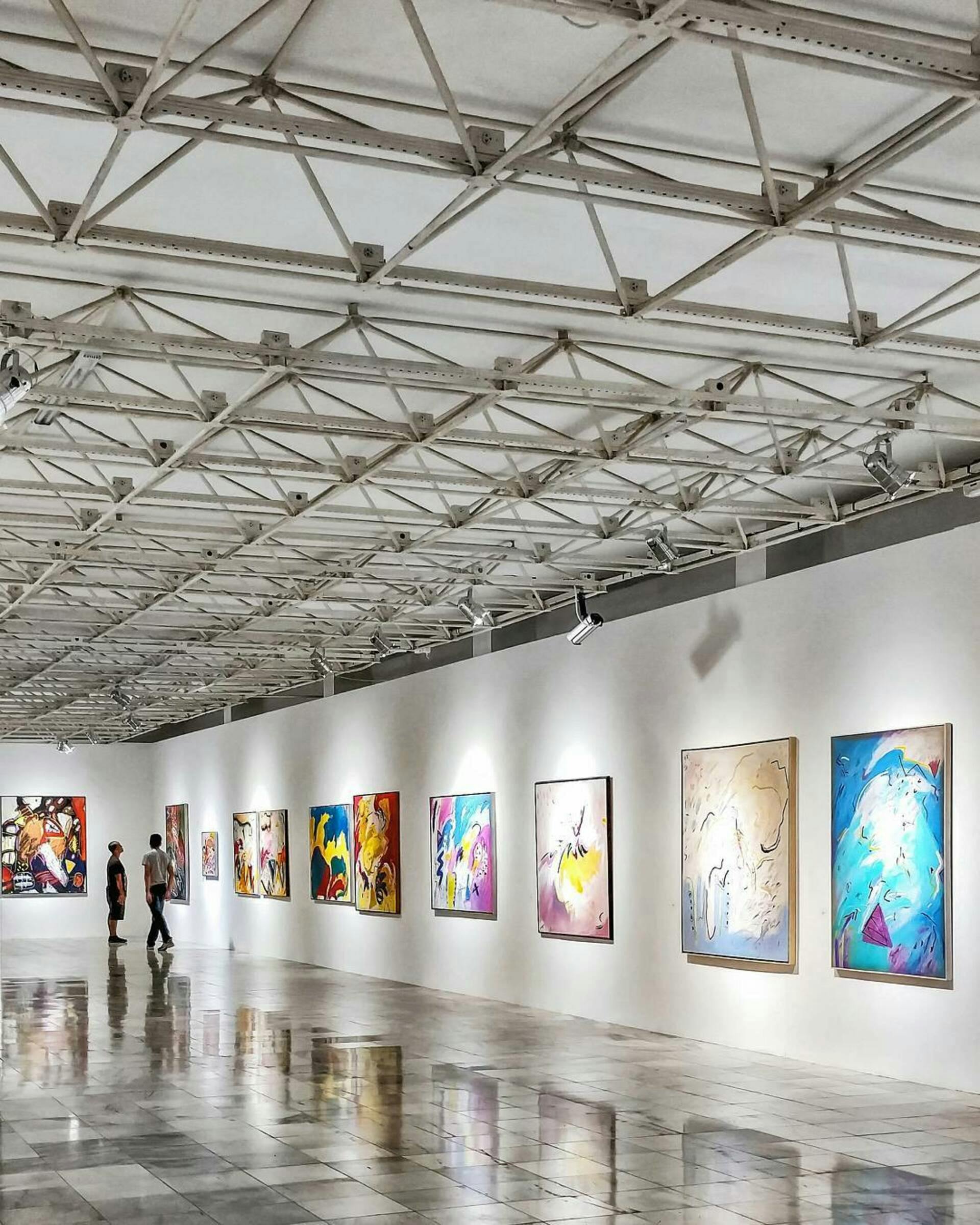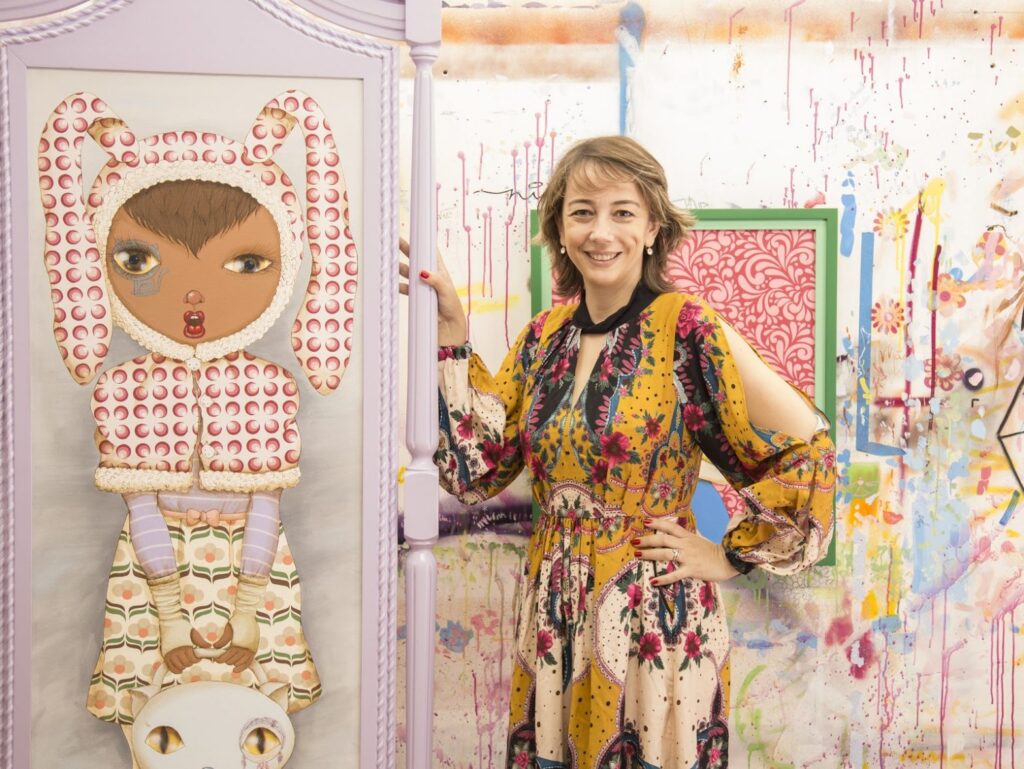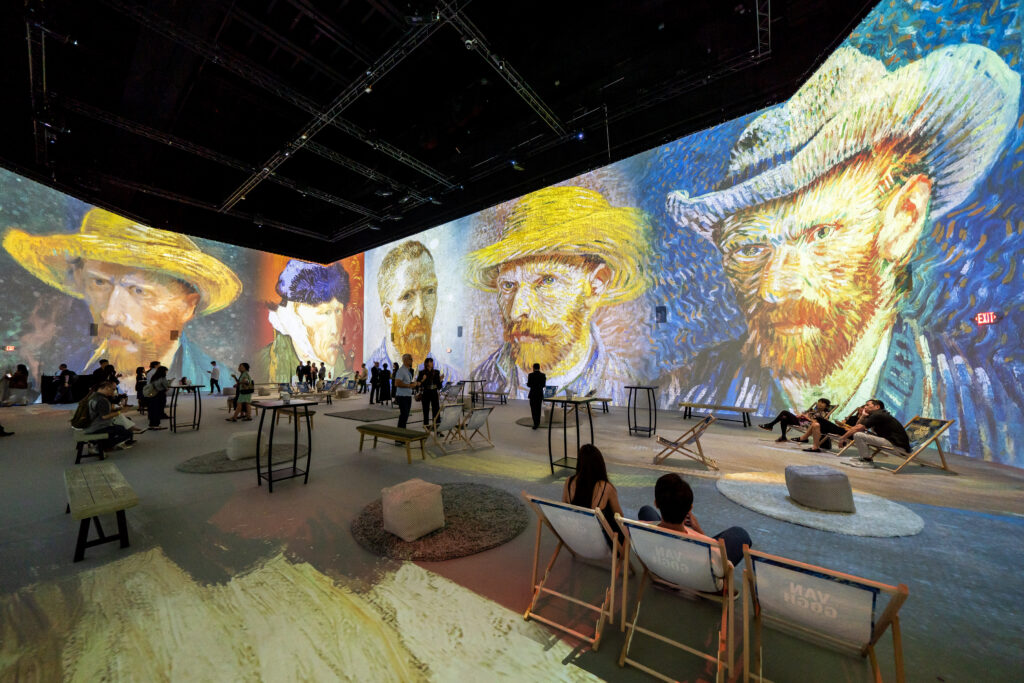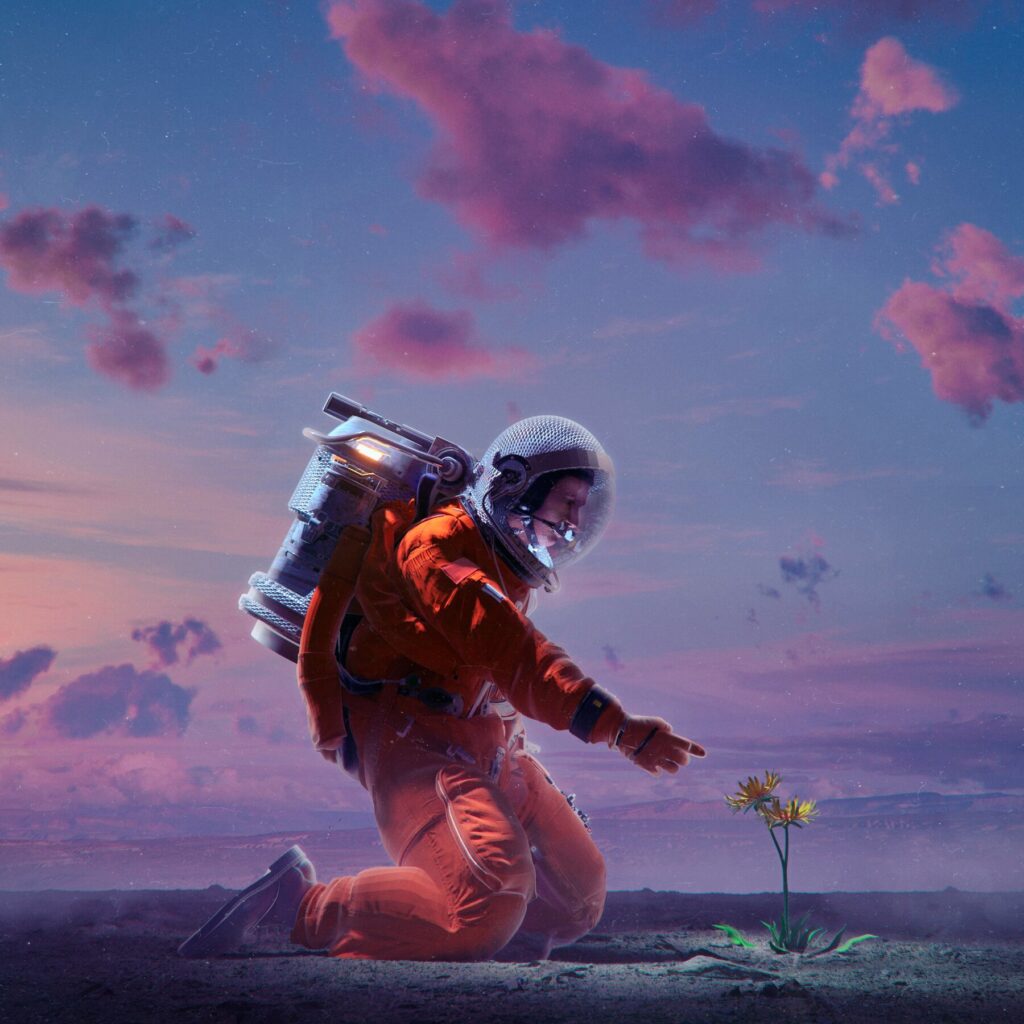
In the digital age, a masterpiece doesn’t need to hang in the Louvre to capture the world’s attention. Social media has disrupted traditional access models in the art world, democratizing works once seen only in museums and galleries and blurring the line between local and global. Exposure for artists now extends beyond these spaces, granting emerging artists the chance to compete on equal footing with established names, making the game fairer.
Short videos allow artists to showcase their processes, reveal behind-the-scenes moments, and engage with audiences in real time. Artistic trends—from resin paintings to “poor paintings” and AI-assisted creations—emerge, peak, and evolve at breakneck speed. A notable example is the work of artist Nina Pandolfo, who has stood out on social media by integrating graphics and characters into a unique aesthetic that reaches millions of followers and now features in major exhibitions.
Examples like “TeamLab Borderless,” the first digital art museum in Tokyo that gained global popularity partly due to TikTok videos, and artists like Emma Chamberlain, who went viral on the platform before catching the attention of museums and galleries, are just the beginning.

What Makes Art Go Viral?
Relatability, shareability, and the emotional impact of a piece play significant roles. Art that taps into collective experiences—like memes, remixes, or culturally relevant works—tends to resonate. Algorithms, of course, are the unsung curators of our time. TikTok’s “For You” page, Instagram’s Explore tab, and Pinterest boards create echo chambers that amplify specific styles, colors, or themes. Artists who crack the code—intentionally or by chance—find themselves catapulted into the spotlight.
Once under the spotlight, artists can shape their relationship with the audience and build a community around their work. Followers can like, share, comment on, and even buy artwork directly through social media. This new dynamic of interactivity between creator and audience expands the ways of engagement. Despite its benefits, it also presents challenges—because beyond being artists, creators need to self-promote, and receiving immediate feedback on their work can undermine creative potential.
The Cycle of Influence
Viral moments often spill over into the physical world. Take, for example, the work of Beeple, whose digital creations not only went viral but also broke auction records. On the other hand, traditional art spaces are adapting to the “Instagrammable” trend.
Museum exhibitions now often include selfie-friendly installations, hashtag campaigns, and augmented reality experiences to engage younger audiences. This is evident at the Seattle NFT


Museum, which showcases digital works and uses technology to bring these pieces to life.
While virality offers unprecedented opportunities, it is not without pitfalls. The pressure to create for algorithms can stifle creativity, reducing art to a formulaic pursuit of likes and shares. The fleeting nature of internet trends can also lead to burnout for artists, who must constantly reinvent themselves to stay relevant.
Moreover, the commodification of art—as seen in NFTs and brand collaborations—raises questions about authenticity and the value of art beyond monetary terms. Does a work of art lose its meaning when it is primarily designed to go viral or when its sale becomes the sole objective?
Despite these challenges, the intersection of art and social media holds incredible potential. These platforms are fostering intercultural exchanges, exposing audiences to global perspectives, and giving a stage to marginalized voices. They’re also redefining what it means to be an artist in the 21st century, blending creativity with entrepreneurship, technological skills, and community-building.
The next Van Gogh may not be discovered in a quiet European town but on your TikTok feed, painting live for an audience of millions. And maybe that’s the most exciting part—a future where art belongs to everyone: accessible, relatable, and beautifully chaotic, as it should be.